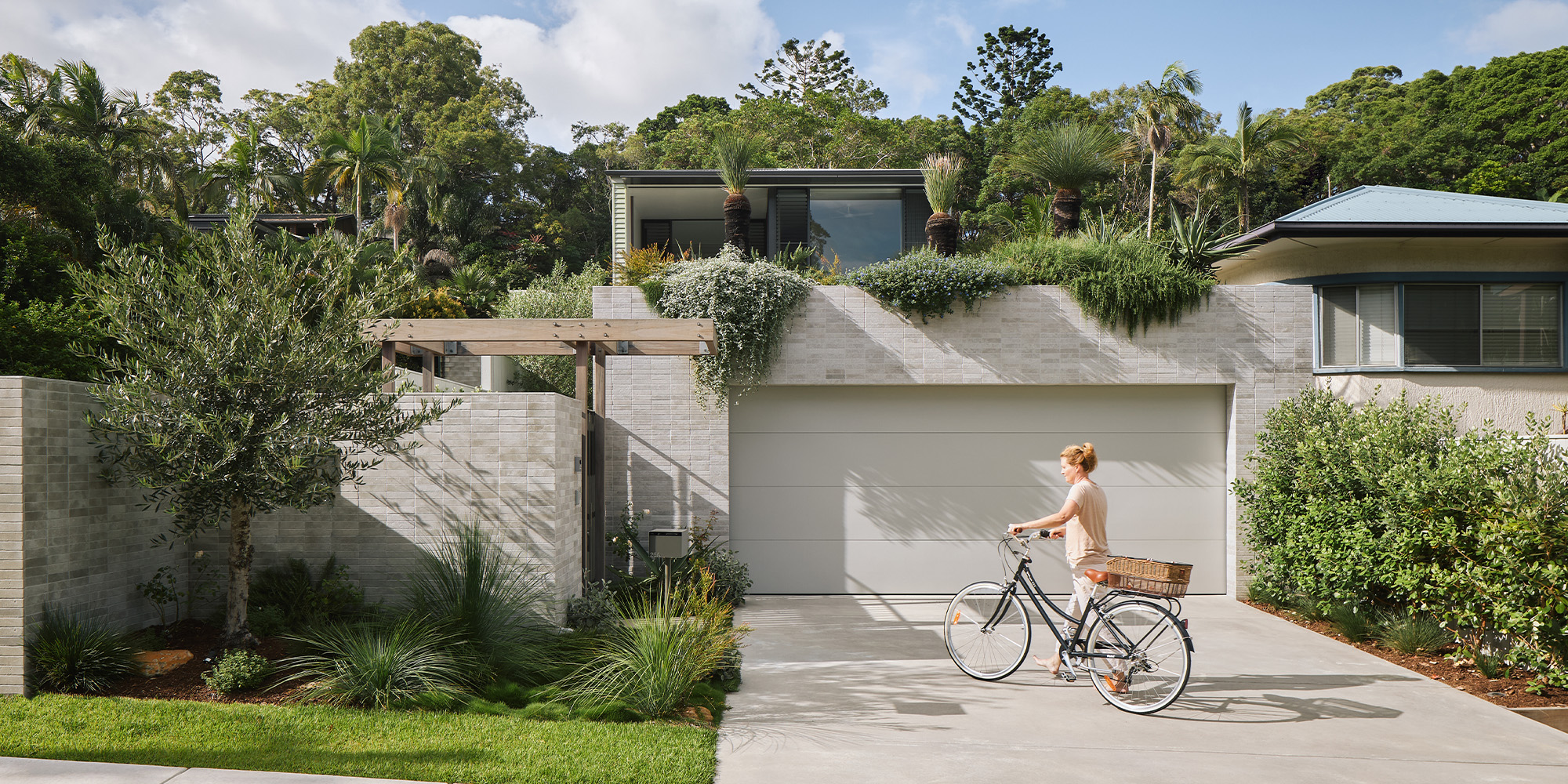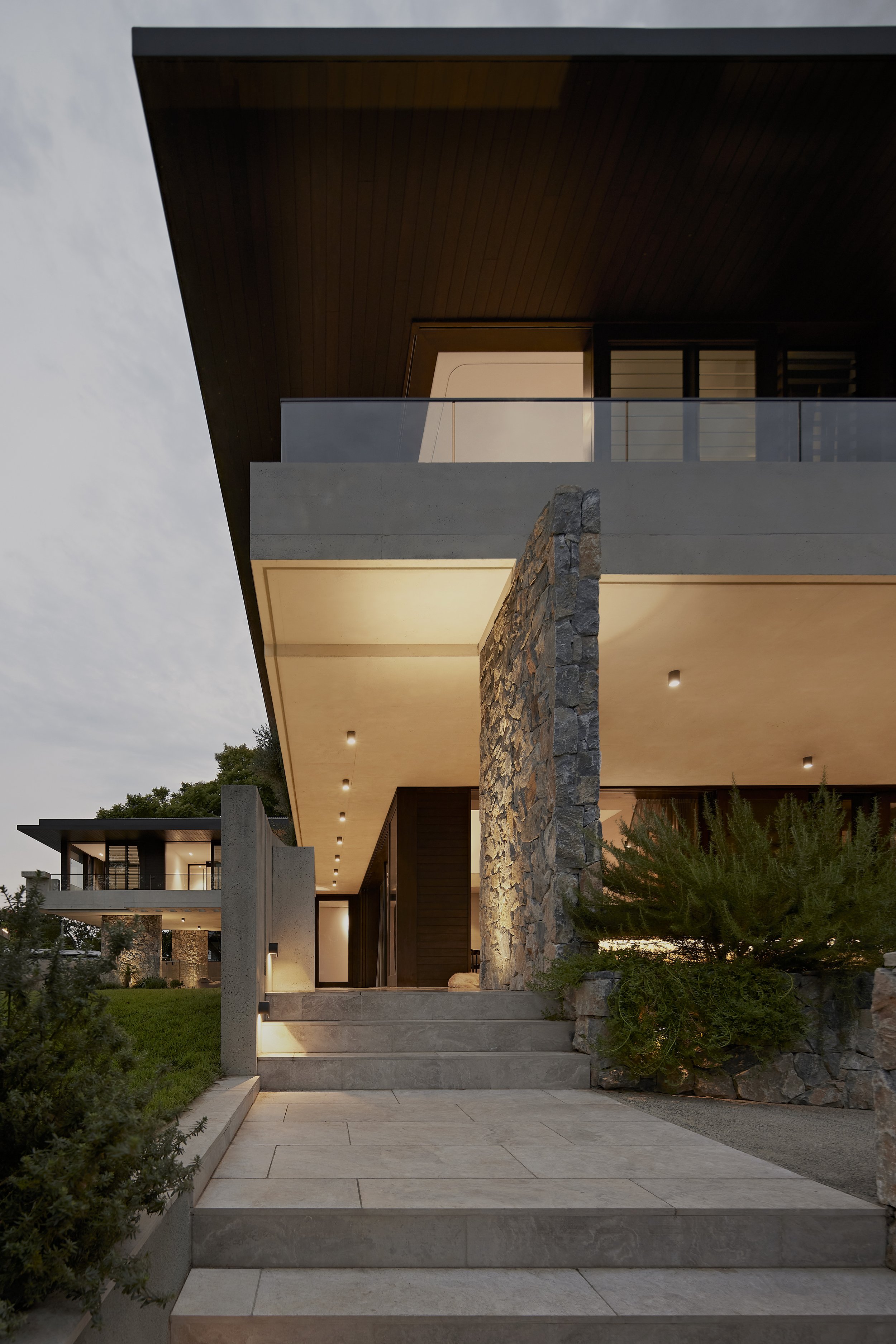Residential House Architect: Creating Unique Homes with Attention to Detail
Residential House Architect: Creating Unique Homes with Attention to Detail
Blog Article
Just How Residential Architects Create Customized Homes for each Way Of Living
The procedure by which domestic designers style tailored homes is a nuanced interplay of recognizing client demands and converting those insights right into useful living areas. With detailed examinations and the usage of design devices, architects record the essence of their clients' way of lives, making certain that each home mirrors personal values and aspirations.
Understanding Customer Demands

Effective communication is extremely important in this process. Designers need to motivate clients to express their way of lives, household dynamics, and future ambitions, making certain that the style shows their unique identification. By using devices such as surveys, meetings, and aesthetic surveys, designers can collect beneficial insights into the customer's vision.
Furthermore, comprehending the context in which a home will certainly exist is vital. Architects should consider aspects such as the site qualities, regional climate, and social impacts that can impact the layout. This holistic approach enables the production of spaces that are not just cosmetically pleasing yet also sensible and lasting.
Eventually, a deep understanding of client needs enables designers to produce customized homes that enhance the lifestyle for their owners, promoting a feeling of belonging and comfort within their living atmospheres.
Design Refine and Partnership
The layout procedure in household design is a vibrant interplay of imagination and collaboration, where architects, clients, and numerous stakeholders work very closely to bring a vision to life. This repetitive trip generally starts with a collection of meetings to establish a comprehensive understanding of the client's goals, choices, and lifestyle needs. During these discussions, designers gather necessary details, enabling them to conceptualize designs that align with the customer's vision.
Adhering to the first appointments, the style phase evolves with illustrations, 3D designs, and building makings. This visual communication functions as a device for architects to existing ideas, while additionally welcoming customer responses, ensuring that the final design resonates with their assumptions. Reliable cooperation with engineers, professionals, and indoor designers is important throughout this stage, as it makes sure that all practical aspects of the task are effortlessly integrated.

Incorporating Way Of Living Aspects
Incorporating way of life aspects into domestic style is important for producing areas that truly reverberate with the citizens. residential architecture homes. This procedure begins with comprehending the special needs, choices, and everyday regimens of the house owners. Architects take part in thorough conversations to uncover how the specific or family members uses their room, whether for enjoyable visitors, seeking pastimes, or looking for silent hideaway
Once these understandings are gathered, architects can customize style attributes that improve day-to-day experiences. Open floor strategies might be made for households that prioritize togetherness, while dedicated work areas can be integrated for those that work from home. Outdoor locations, such as gardens or patios, can be stressed for households that appreciate outdoor activities or amusing.
Furthermore, flexibility is a key consideration; multi-functional areas enable versatility as way of livings evolve in time. Custom storage solutions can likewise be integrated to satisfy details organization requirements, making certain that the home remains clutter-free and useful. Ultimately, by attentively weaving way of living components into the architectural material, property designers produce personalized homes that not just meet visual wishes however also substantially enhance the lifestyle for their customers.
Lasting and Smart Design
Wise and lasting layout progressively plays a pivotal role in household design, as house owners look for to minimize their ecological effect while improving their living experiences. Designers are currently incorporating green materials, energy-efficient systems, and innovative innovations to produce homes that not just satisfy aesthetic desires yet likewise offer the world.
Including renewable resource resources, such as photovoltaic panels and wind turbines, allows property owners to harness natural sources, substantially decreasing reliance on typical power grids. Smart home technologies additionally enhance sustainability by enhancing energy usage via automated systems that control lighting, cooling, and home heating based on occupancy and choices.
Moreover, making use of sustainable building materials-- like recovered timber, bamboo, and reused steel-- promotes Recommended Site a round economy, decreasing waste and useful link source usage. Designers also highlight easy layout concepts, making certain homes are oriented for optimum all-natural light and ventilation, thus minimizing the demand for fabricated heating & cooling.
Along with eco-friendly advantages, smart and sustainable design contributes to the general convenience and health of citizens. By focusing on interior air quality and natural environments, designers develop rooms that cultivate wellness, allowing house owners to flourish in harmony with their environment.
Settling and Implementing Strategies
Settling and carrying out strategies is a critical phase in the residential design process, where the vision of a tailored home starts to emerge. This stage includes careful attention to information, making certain that every element of the design is exactly verbalized and ready for building. residential architecture homes. Architects team up closely with clients to review last plans, attending to any last-minute adjustments or concerns, while guaranteeing that all aspects straighten with the home owner's lifestyle demands
Once plans are wrapped up, designers prepare thorough building papers, consisting of detailed illustrations and specifications that act as a blueprint for builders. These files lay out products, finishes, and installment methods, supplying clarity for subcontractors and professionals. In addition, protecting required authorizations and sticking to neighborhood building codes is vital, as it guarantees conformity and smooth job implementation.
By fostering a collective setting, architects can guarantee that the implementation lines up with the initial vision. Ultimately, this crucial phase transforms concepts into fact, laying the foundation for a home that shows the special lifestyle and choices of its citizens.
Final Thought
In verdict, residential designers play a critical role in crafting tailored homes that cater to diverse lifestyles. Through precise understanding of client demands, joint style processes, and the integration of lifestyle components, architects guarantee that each home reflects private preferences.
The procedure by which residential designers layout personalized homes is a nuanced interplay of recognizing customer demands and equating those understandings their explanation into functional living rooms. With comprehensive examinations and the use of design devices, designers record the significance of their clients' lifestyles, guaranteeing that each home mirrors individual values and goals. Engineers must encourage clients to express their way of livings, family members dynamics, and future ambitions, making sure that the style reflects their unique identity.The layout procedure in property design is a dynamic interaction of imagination and partnership, where designers, customers, and different stakeholders function closely to bring a vision to life - residential architecture homes. Through precise understanding of customer demands, joint layout procedures, and the integration of way of living aspects, engineers ensure that each home mirrors specific preferences
Report this page